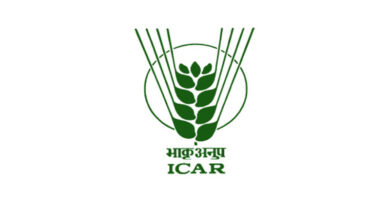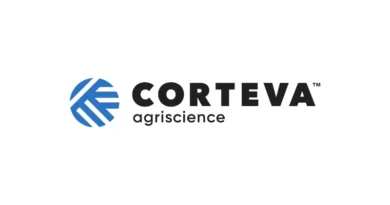Sustainable Management of Empty Pesticide Containers (EPC)
06 June 2022, New Delhi: CropLife India, an association of 16 R&D driven crop science companies in India, organized an International Symposium on Empty Pesticide Containers (EPC) Management in India – Roadmap for Sustainable Management of Empty Pesticide Containers last week.

The industry body has shared management practices and suggestive policy framework to manage tonnes of agriculture waste plastic in the form of EPCs.
Empty Pesticide Containers (EPC) which is a primary pesticide packaging is essential to ensure safe handling, storage and application of agrochemicals throughout the value chain and beyond. Post consumption of the pesticide these packs become waste (Empty Pesticide Container or EPC). Because of current pattern of use and management of pesticides, the volume of EPCs generated is increasing.
As pesticide containers are mostly produced from plastics, they contribute to the increasing mountain of plastic waste in India often dumped recklessly into the environment, burned, or buried near farms. These discarded EPCs bear the risk of soil and ground water pollution owning to contamination with residuals of the pesticide and consequently can be hazardous for the community and the environment. The problem is further aggravated in view of their potential for misuse for storage of food and water in households.
FAO’s recommendation for management of EPCs
The International Code of Conduct of the distribution and use of agrochemicals (WHO/ FAO 2008) provides general guidelines on the management options for empty pesticide containers to minimize potential health and environmental impacts associated with their disposal. The FAO recommends triple-rinsing of EPCs as one effective practice for farmers to remove pesticide residuals from the containers.
Cleaned pesticide containers are classified in many countries as “non- hazardous” waste. The European Waste Catalogue suggests that where the hazardous component in the waste is less than 0.1 percent, the waste is no longer perceived as ‘relevant’ and the packaging is classified as “non-hazardous”. In Australia, triple rinsed containers are allowed to be recycled and classified as non-hazardous while containers that are not cleaned and properly rinsed are classified as hazardous waste.
The effectiveness of triple rinsing has been further demonstrated through a recent study undertaken by the All India Network Project on Pesticide Residues (AINPPR) of Indian Council of Agriculture Research, Government of India. The results indicate that irrespective of container type, formulation type, pack size, toxicity, etc., the pesticide residues tend to decline by > 99%. It is reasonable to expect that the remaining active ingredient content in waste composition after rinsing will serve as the basis to address classification criteria (toxicity) and the defined thresholds/cut-offs defined in the Waste Framework Directives.
This study is a balanced body of contemporary certainty, supplemented by research and analysis to enable the Indian Government to decide on a reclassification of decontaminated primary pesticide packaging in India and establish triple rinsing as a sustainable method for management of empty pesticide containers.
In February 2021, CIB&RC issued a public notice inviting comments from all stakeholders for classification of empty pesticide containers and disposal thereof. In response to the public notice, CropLife India had submitted a detailed seven-step roadmap for sustainable management of EPCs through shared responsibilities of all stakeholder considered.
CropLife India hopes that the Ministry of Agriculture & Farmers Welfare (MoA&FW), Ministry of Environment, Forest & Climate Change (MOEF&CC), Central/ State Pollution Control Boards, Central Insecticide Board & Registration Committee (CIB&RC) and Industry can jointly facilitate a supportive mechanism to promote an effective empty pesticide container management system in India. CropLife India is highly motivated to support the process, as industry’s stewardship commitment.















